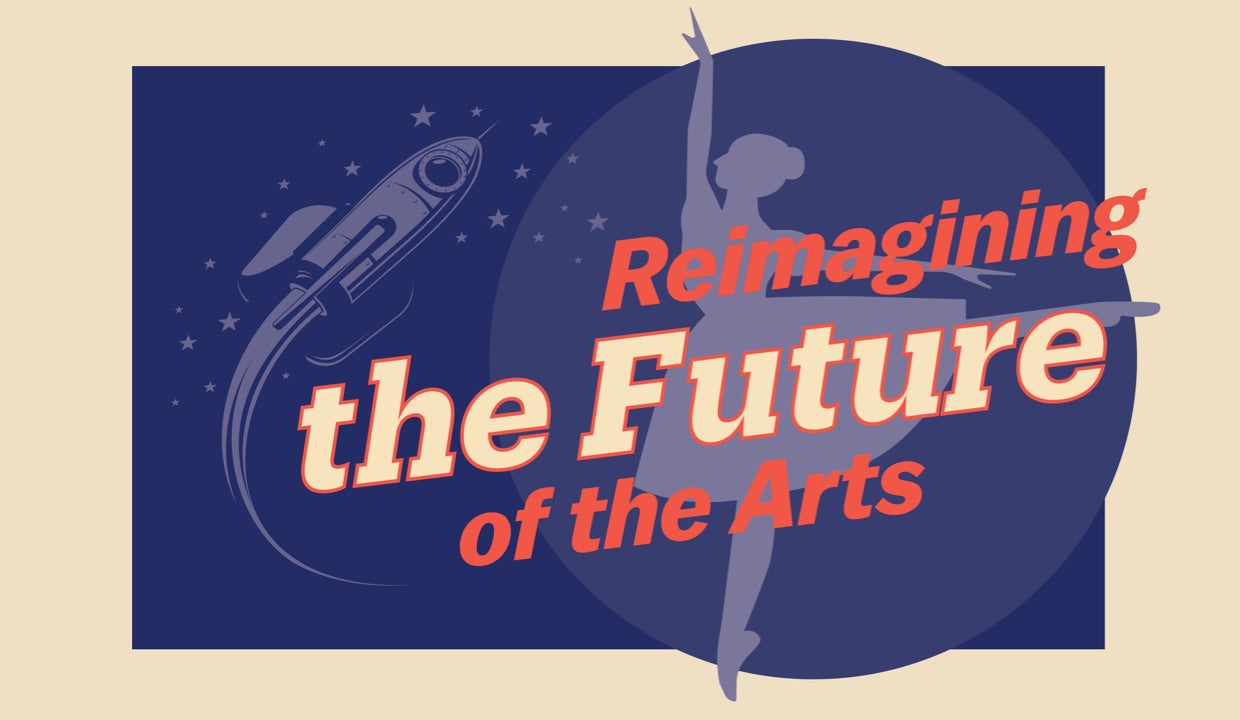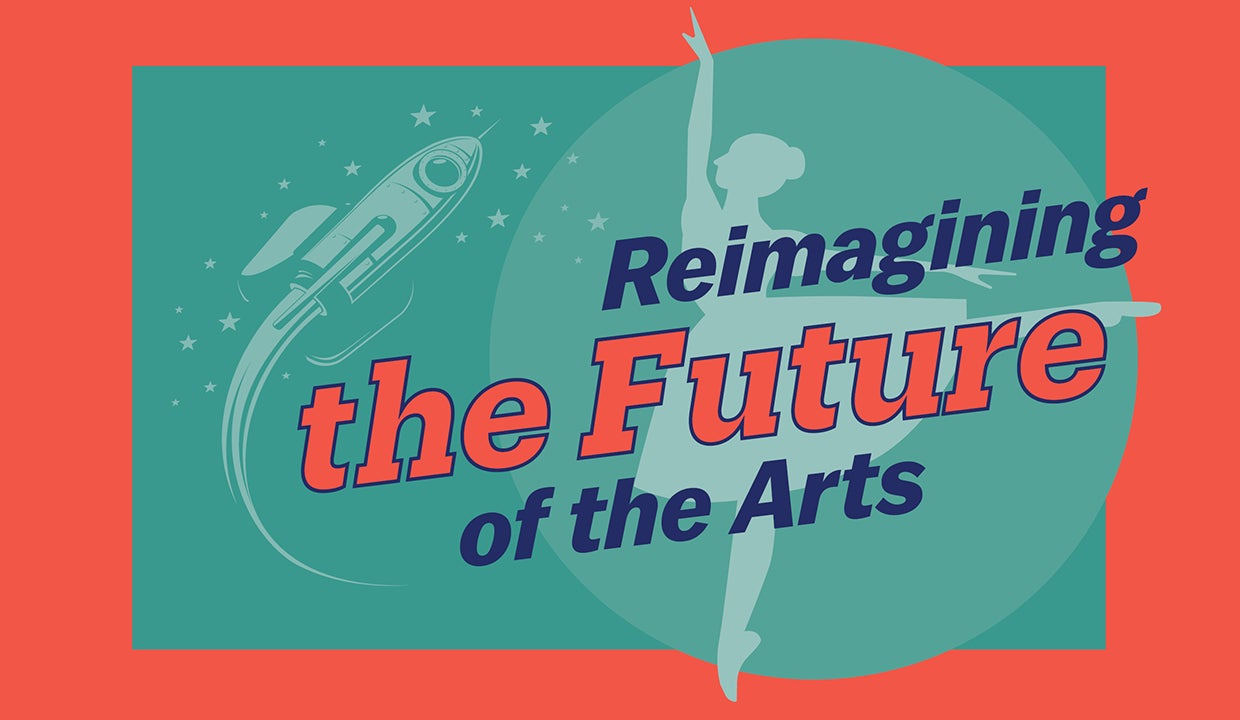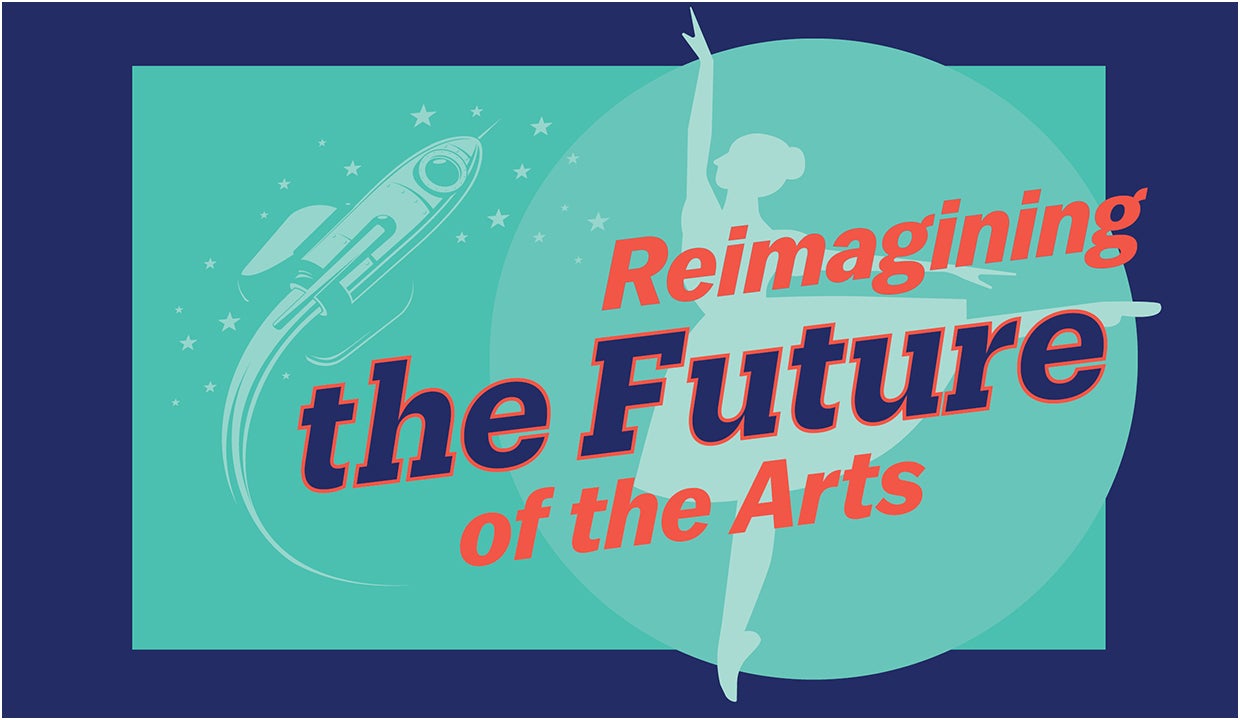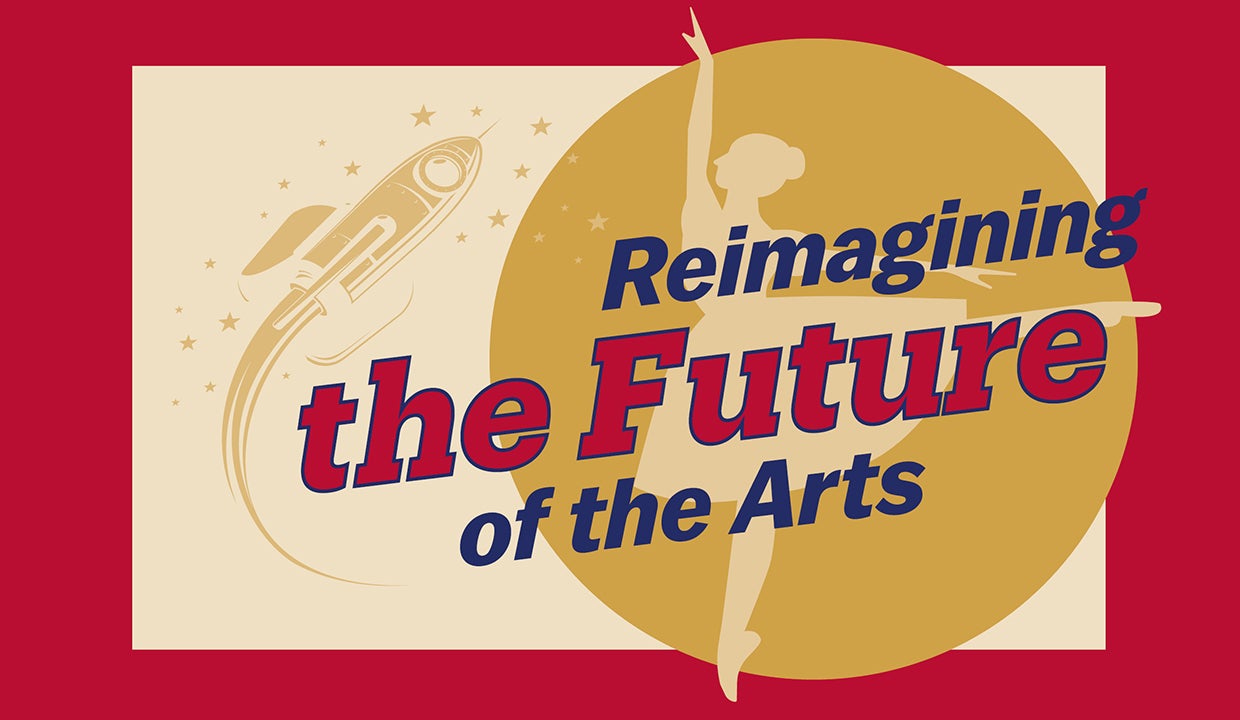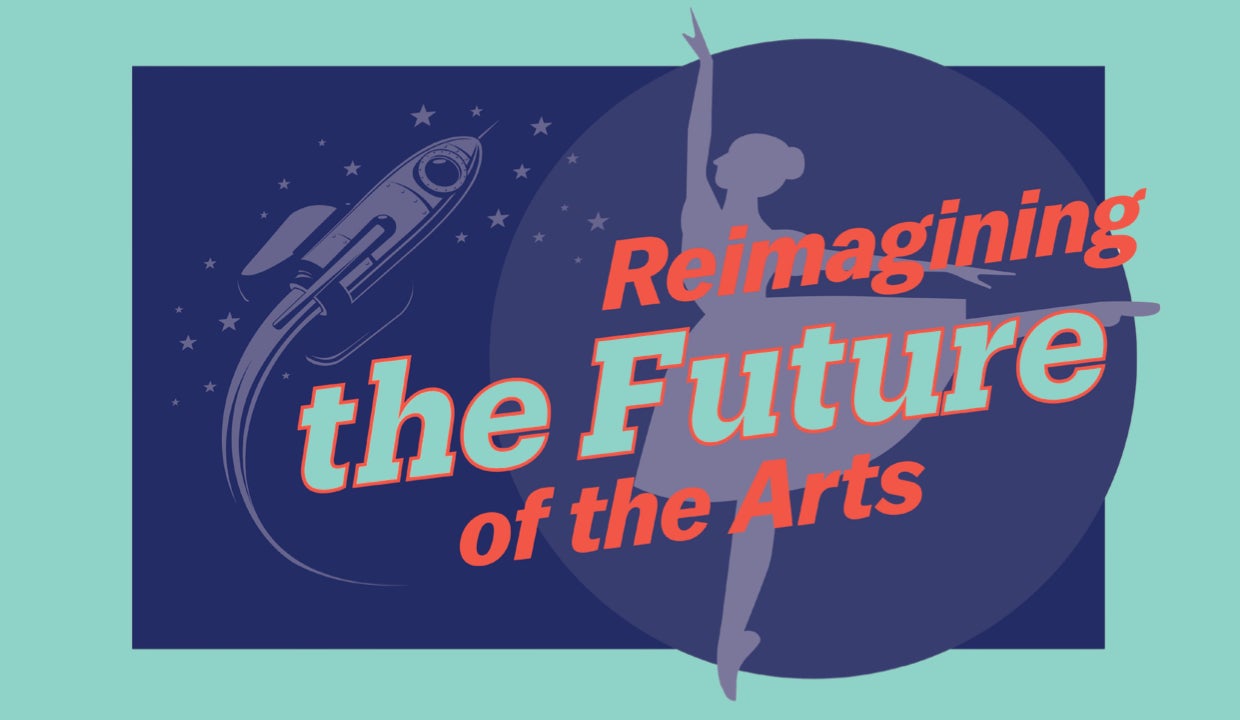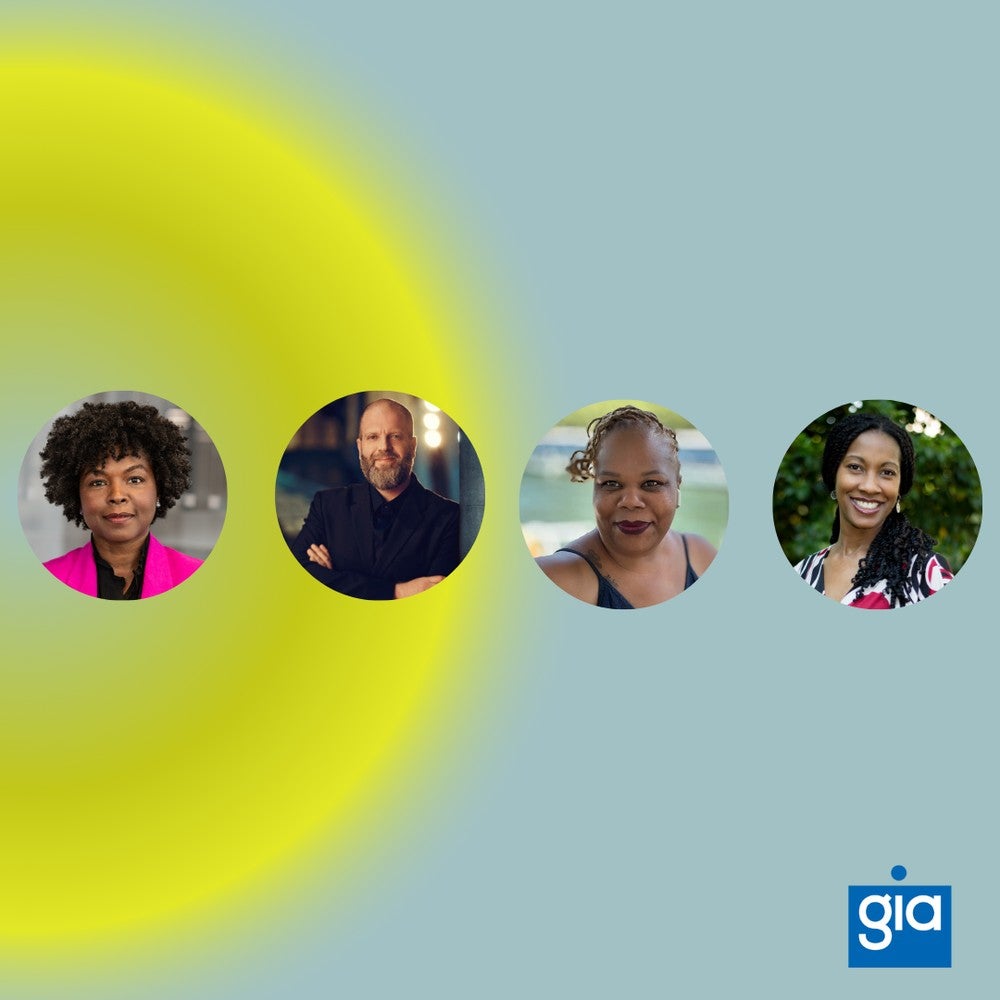What is a “universal story”?
While many leaders of nonprofit arts organizations have, out of necessity, made financial stability a priority during the COVID-19 pandemic, some have been driven to explore even more fundamental questions about the stories they choose to tell in their performances, and how to make sure the stories have meaning to their audiences. The goal, ultimately, is to broaden their audience base as well as strengthen their financial bottom line.
Michael Bateman, managing director of the A Noise Within theater in Pasadena, California, for instance, says he has focused on connecting with and finding relevance with communities beyond the organization’s more traditional audiences in Los Angeles, which had been predominantly white. The organization began by questioning the so-called classic plays they presented from the Western tradition, which touch on what are intended to be universal human themes—the artists ranging from Shakespeare and Dickens to Moliere. Did these plays really touch and move the kinds of diverse audiences the theater wanted to reach, particularly in communities of color?
To answer that question, the organization found opportunities to hold discussions with artists of color and asked them to define what a new “universal story” might be. They’d begun this effort before the pandemic, but Bateman says it gained new importance as the organization began to rethink its mission and increase its outreach to new communities as the pandemic and national reckoning with racial justice took hold.
“We know it’s hard for all to feel welcome here,” Bateman says of the traditional plays and other performances and events at the theater. “We want to tell stories where the audiences see themselves. We want to make people feel more welcome. We’re engaging with other artists in our community. What we’ve done is go back to our community and say, ‘What do you need from us now?’”
Bateman was one of three panelists in the second conversation in Wallace’s Reimagining the Future of the Arts series. The other participants were Zenetta S. Drew, executive director of the Dallas Black Dance Theatre, and Kim Noltemy, president and CEO of the Dallas Symphony Association. Zannie Voss, Ph.D., director of SMU DataArts, one of the country’s leading centers for arts research, moderated the panel.
Voss is co-author of a recent study for the Wallace Foundation, The Alchemy of High-Performing Arts Organizations, which analyzes the elements that produce financial stability by looking at two groups of high-performing arts organizations, one group that had consistently strong financial track records and a second group that had been in financial distress but recovered. The study summarizes its lengthy analysis this way, “The cornerstones of high performance appear to lie in the alchemy of high standards in the creation of work that is meaningful to the local community.”
Simply put: high-quality art + community relevance = success.
In the panel discussion, and in later conversations with the panelists on their efforts to adapt to the current environment, all three emphasized that finding those meaningful community connections was an immediate priority, in the hopes that the results would eventually help them build new business models. Each admitted to a combination of excitement and anxiety.
Drew of the Dallas Black Dance Theatre describes this as a moment of validation for her organization and the company’s vision. She says it is a time of great challenges but also opportunities that we have waited years to implement. Since 1996, she says, the theater has tried to build a digital audience, previously with little success, due to historical barriers to online expansion. She has leapt at the greater interest in virtual performances now, with theaters closed, both to try and sustain revenue but also to connect with audiences and communities beyond Dallas.
A starting point, she says, is the role the arts are playing in helping people manage in the pandemic. “As a result of the pandemic, the arts are finding relevancy for our individual and collective work,” Drew says. “Everybody now, novice and professional, has become art makers and are putting things online. Art has been validated in its relevance. Artists are essential workers to our nation’s social, emotional resilience and recovery. It is enriching us. It changes lives. It heals.”
The theatre has been charging for popular digital events, a model that Drew says she intends to aggressively pursue. She stresses that it’s not just an alternative way to add earned revenue, but a core element in the mission of an arts organization that, she says, has long confronted an array of deep challenges. DBDT has never had the kind of broad and deep donor base that some other arts nonprofits have, making for a precarious and lean structure well before the pandemic. Also, its focus on Black artists and Black audiences has meant the organization encountered resistance from some white members of the community and sponsors, she says. Some had urged the organization in the past to remove the designation as a self-declared “Black” theater from the name, which it has to this day refused, since that is the group’s identity and identifies a core community it serves.
“I’ve always been working with the pandemic of racism,” Drew says. “That’s been true for us from the beginning. COVID is just another issue on the list of issues we have to deal with, and that’s why we’re ready, we’re resilient, we have ideas. I have the same panorama of problems as everyone else, but we are focusing on the opportunities.”
Audiences have embraced DBDT’s online events and performances, which are earning revenues and expanding not just in Texas but in surrounding states and even overseas. “I have someone from Australia on every virtual event we do,” she says.
“I’m trying to lead the industry in thinking outside the box,” Drew says. “We’re not just doing things until we can get people in seats again. We can’t go backwards. We’re building a new paradigm for our existence. This was great news for DBDT.” (To read more about DBDT's digital efforts and vision for the future, read Drew's recent essay for The Wallace Blog.)
On of Drew’s fans is Kim Noltemy of the Dallas Symphony (the two sit on each other’s boards). She expresses admiration for how successfully the Dallas Black Dance Theatre has utilized virtual performances to earn more revenues and to create a sense of excitement around its events. It is a model, she says, that she is eager to replicate to some degree at the symphony.
“I think this is going to be a great turning point for the orchestra industry,” she says. “People are becoming accustomed to listening to music online and paying for it. It was such an effort before. People only wanted live music. But we’re changing the paradigm.”
Offering virtual concerts, about 20 percent of which are free, is a means of developing a more complete digital musical experience. Additionally, they have expanded the symphony’s free outdoor music events, mostly chamber groups, which allow it to reach into new neighborhoods and build relationships with more diverse audiences, particularly in communities of color. In those outdoor events, they have been offering a combination of classical music, pieces such as Vivaldi’s Four Seasons, popular contemporary music, such as music by the film composer John Williams, and jazzy ragtime pieces for a brass chamber group. In previous years, she says, the symphony did from 15 to 20 of those events a year. Performances have increased sharply to about 90 since the pandemic hit, and Noltemy expects they will offer 40 more before the year’s end, hoping that some of those audience members will turn into subscribers.
“This transformation is permanent, no matter what happens with the pandemic,” she says. “Now, our focus is creating high quality content for the online events and getting better at those productions. That takes experience.”
Additionally, Noltemy says they will be extending the kind of attention that the symphony has traditionally provided to donors, board members and subscribers to a broader array of audience members and prospective audience members. Once the symphony is offering indoor concerts on a regular basis again, this will include invitations to pre-concert discussions of the programs to post-concert parties attended by some orchestra members. For now, there will be more targeted marketing materials and digital outreach. “That has to be a high priority, like in business,” she says. “We need to use those tools much more than we ever have.”
Such ramped-up communications and personal outreach can help organizations interact more deeply with the diverse communities they seek to engage with. Some are even creating programs designed to prompt discussion and feedback. Bateman at A Noise Within points to new free online programs: “Noise Now,” started last year, and “Fridays@Five,” which began during the shutdown. Both involve a series of discussions with writers, directors and artists of color talking about their backgrounds and what special insights they may bring to their work in the theater, among other things.
“We have to dig up that part of our cornerstone and rebuild our foundation,” Bateman says, referring to the organization’s mission and its growing knowledge of what kind of stories might be relevant and meaningful to the different communities around Pasadena. In fact, A Noise Within has just written a new strategic plan with a goal of one day creating a new financial model that includes, among other things, more revenue from online plays and events—something that has come directly from these conversation about community and sustainability.
Stories from Reimagining the Future of the Arts
